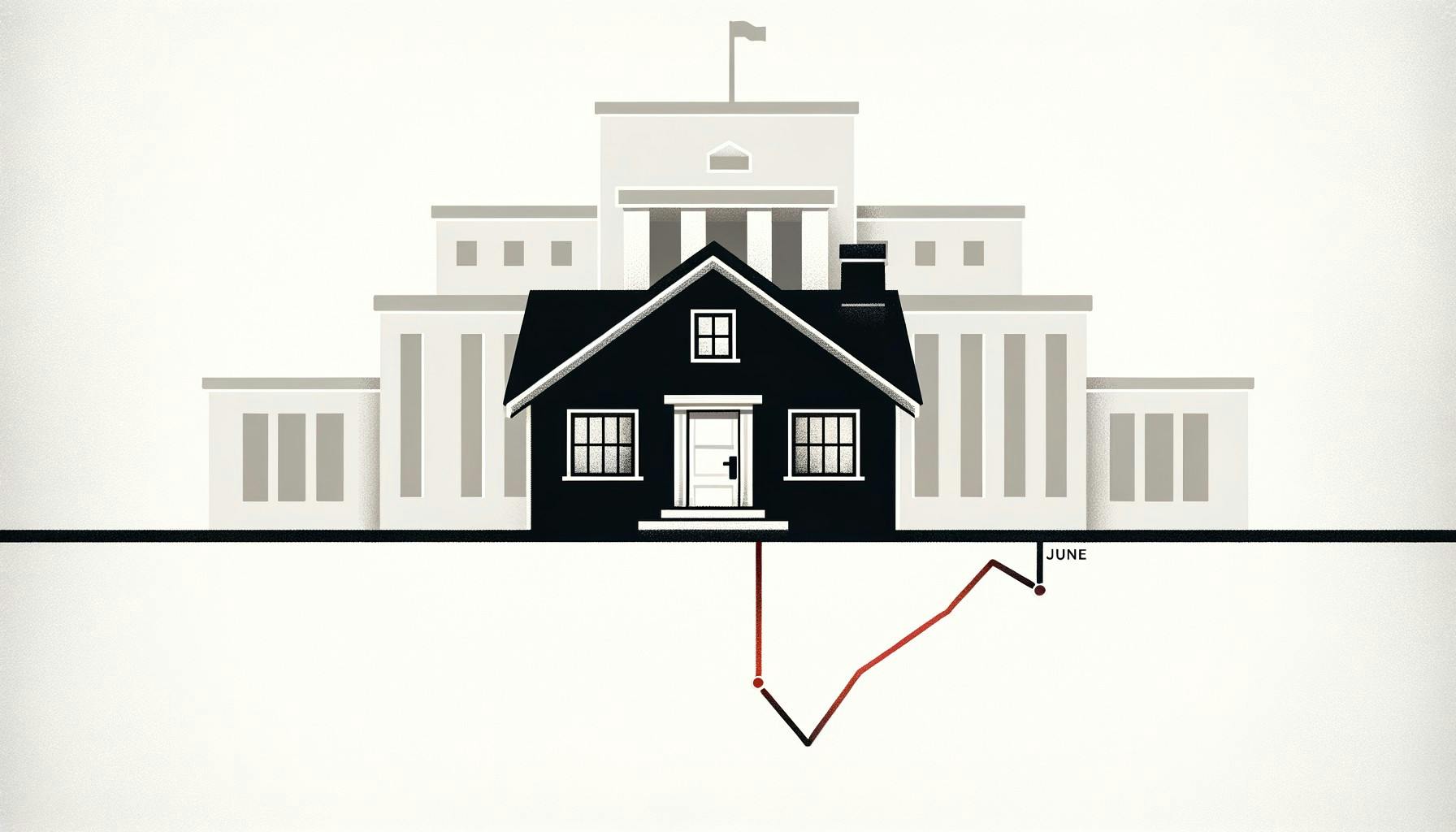What’s going on here?
According to the Federal Housing Finance Agency (FHFA), single-family home prices in the United States declined slightly by 0.1% in June 2024 after remaining stable in May.
What does this mean?
Despite the slight monthly decline, home prices have increased over the past year, rising 5.1% through June 2024 – the smallest annual increase since July 2023. The previous month’s figure was revised upwards to 5.9% from 5.7%. On a quarterly basis, prices rose 0.9% from January-March to April-June, an increase of 5.7% from the second quarter of 2023. The slowing growth is due to a higher inventory of homes for sale and increased mortgage interest rates, making it the third consecutive quarter of slower price growth. Experts predict a further easing of house price inflation as the supply of new homes rises to levels not seen since 2008. A significant decline in prices is unlikely unless labor market conditions worsen. Lower mortgage rates – the Fed is expected to start cutting rates interest Interest rates next month – could stimulate demand and absorb excess inventory.
Why should I care?
For markets: Navigating home price fluctuations.
Investors and market watchers should note that while the slight decline in home prices in June may seem concerning, overall annual growth still points to a strong housing market. Expected lower mortgage rates due to the Fed’s upcoming rate cuts could boost demand and stabilize prices. Regional trends vary, with the Mid-Atlantic, East North Central, New England and East South Central regions seeing the largest gains, while the West South Central region saw the smallest increase at 2.7%.
The overall picture: Balancing supply, demand and prices in the US housing market.
The future of the U.S. housing market depends largely on the interplay of supply, demand and economic policy. Increased home supply and elevated mortgage rates have dampened price growth. However, if the Federal Reserve begins to cut rates and the labor market remains stable, demand could rise again, potentially balancing the market. Keep an eye on broader economic indicators – including labor market trends and Fed policy – to gauge the direction of the housing market.

